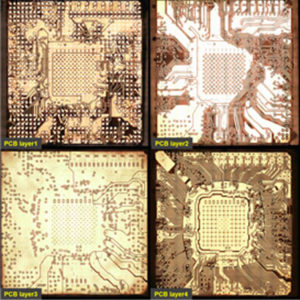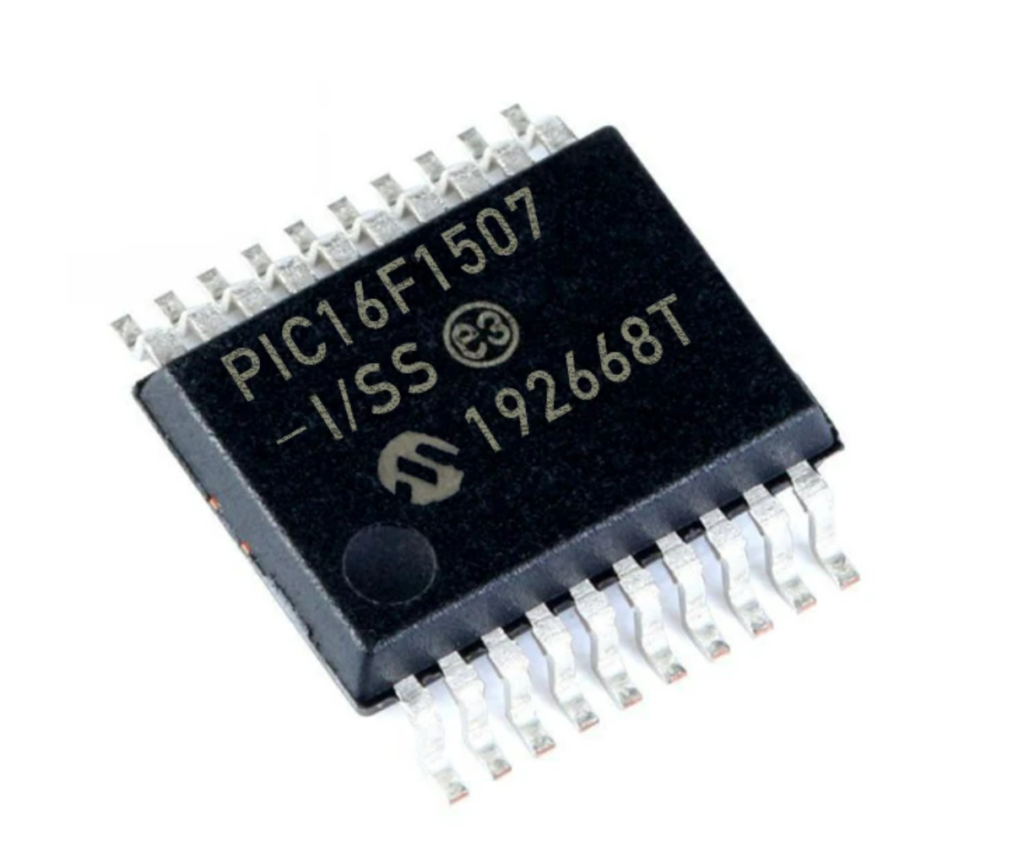Readout Microcontroller PIC16F1507 Memory Program
Through Microprocessor PIC16F1507 reverse engineering technique we can disable the security fuse bit, reset the status of MCU from locked to open one, Readout Microcontroller PIC16F1507 Memory Program and eeprom data;

The devices use internal latches to temporarily store the 14-bit words used for programming. Refer to Table 4-3 for specific latch information. The data latches allow the user to write the program words with a single Begin Externally Timed Programming or Begin Internally Timed Programming command. The Load Program Data or the Load Configuration command is used to load a single data latch. The data latch will hold the data until the Begin Externally Timed Programming or Begin Internally Timed Programming command is given.

The data latches are aligned with the LSbs of the address. The PC’s address at the time the Begin Externally Timed Programming or Begin Internally Timed Programming command is given will determine which location(s) in memory are written. Writes cannot cross the physical boundary. For example, with the PIC16F1455, attempting to write from address 0002h- 0009h will result in data being written to 0008h-000Fh.

If more than the maximum number of data latches are written without a Begin Externally Timed Programming or Begin Internally Timed Programming command, the data in the data latches will be overwritten. The following figures show the recommended flowcharts for programming.

Code protection is controlled using the CP bit in Configuration Word 1 which is conducting with the similar principle of microchip microcontroller PIC16F1458 program breaking. When code protection is enabled, all program memory locations (0000h-7FFFh) read as ‘0’. Further programming is disabled for the program memory (0000h-7FFFh). The user ID locations and Configuration Words can be programmed and read out regardless of the code protection settings.


